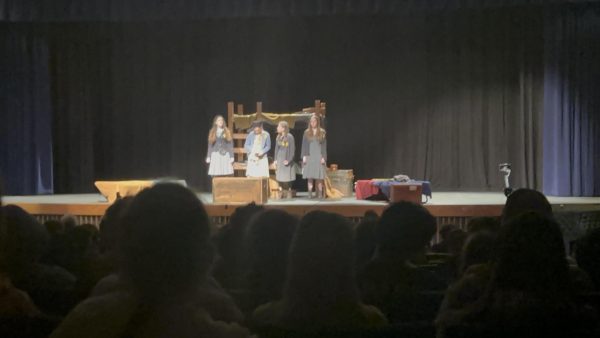The Return of Photography Class
How it got off course, and how it will be taught in the future.
Photography class has been a staple in America’s public schools for decades, so why doesn’t Triton have it anymore?
Although the Triton course catalog offers photography as a full-time art class, the course has been taught in over 2 years. The alternative choice the school offers as a photography class is cell phone photography, which hasn’t been so popular among students.
“Last year, when we were doing course selection classes I chose photography as an art class,” said senior Anika Geyer. “They just put me in cell photo”.
In years past, Triton had a photography course that would run year-round, and the schools would provide materials such as developing chemicals, while students were required to have their own 35mm film camera. The school has some for loan to students, but many needed repair. The school also has a dark room located in the art room, which hasn’t been used since the class of 2019 graduated.
According to Dr. Grant Scott’s article “Should Photography be Taught in Schools? If so, How and Why?” Students should be encouraged by their photography teachers to take pictures with any camera they have available on a daily basis: a phone, film or digital camera, or even homemade cameras.
The regular photography class hasn’t run in over two years because many students are not signing up for it. In 2022, six students signed up for a type of photography class, and since the requirement for a course to be run is six students, the art department placed all the students who were willing to take the class in cell phone photography, so there would be at least one photo class that would be active.
Throughout 2022-23, the cell phone photography class covered the basics of photography as a whole and also introduced many resources connected to photography. Since some of the students in the class originally signed up for regular photography Allysa Miller, one of the art teachers at Triton, came up with some creative ideas to meet those students in the middle. The latest project the photography class has been working on is a pinhole camera, made from shoe boxes and paint. The pinhole camera works just like a regular film camera, but in a more simplified way, simple enough to be understood by younger minds.
“ I’ve had a fun year,” said Miller. “ There was a good amount of experimenting, but I believe we all came out of this class with a much clearer idea of photography.”
Miller also shared that the art department has faced a quandary since last year when they didn’t have enough students to run the classes separately. So far there are five people in each course, so they plan on running the course similar to what they did this year, teaching the basics of photography on the students’ cell phones for the first semester, and the following semester utilizing cameras that require film, and would also be allowed to work in the dark room.
There are pros and cons to both types of photography. Cell phone photography has the advantages of many different editing applications and techniques. It is very economical due to not having to use chemicals or expensive equipment. It is a great way for students to learn the basic principles of photography and composition. Film photography is very process driven. It’s part science and part art. However, there is a lot of room for error. A student could work hard taking amazing photos, then make a mistake when developing film and those photos would be ruined.
¨ It was a really fun class, “said senior Twyla Langmaid “ We even took my senior pictures!¨
Considering the class? You should! Be the friend that knows how to take bomb photos.


To whoever reads this, my name is Ugo Nascimento and this is my last year at Triton High School.
I usually don’t do anything in school, I just joined...







